What Is Sustainable Food Packaging?
Sustainable food packaging refers to materials and systems that minimize environmental impact throughout their lifecycle—from sourcing and production to usage and disposal. In 2025, it plays a critical role in reducing plastic pollution, conserving resources, and transitioning industries toward circular economy models.
Unlike conventional packaging that ends up in landfills or the ocean, sustainable packaging considers recyclability, compostability, reusability, and carbon footprint. For food products, it also has to preserve freshness, prevent contamination, and meet safety standards.
Why Packaging Matters More Than Ever
Food packaging accounts for a significant portion of the global plastic crisis. As of 2025:
- Nearly 40% of all plastic produced is for packaging
- Less than 10% of plastic waste is actually recycled
- Food and beverage industries are among the top contributors to packaging waste
Sustainable packaging solutions aim to reverse these trends without compromising functionality.
Key Attributes of Sustainable Packaging
1. Material Efficiency
Using less material overall, or lightweighting, reduces resource consumption and emissions.
2. Recyclability
Materials that can be recycled easily and economically:
- Paper and cardboard
- Aluminum
- Rigid PET plastic (when clean and uncontaminated)
3. Compostability
Industrial and home-compostable options include:
- PLA (polylactic acid) bioplastics
- Bagasse (sugarcane fiber)
- Cornstarch and bamboo blends
4. Reusability
Refill systems and durable containers help eliminate single-use waste:
- Returnable glass bottles
- Reusable silicone pouches
- Closed-loop bulk dispensers
5. Renewable Materials
Sourcing from fast-growing or waste-derived materials, such as:
- Mycelium (mushroom-based foam)
- Palm leaves
- Recycled paper pulp
Popular Sustainable Packaging Materials in 2025
Paper and Cardboard
- Widely recyclable and compostable
- Often FSC-certified for responsible sourcing
Bioplastics (PLA, PHA)
- Derived from corn, sugarcane, or algae
- Break down under industrial composting conditions
Glass
- Infinitely recyclable without degradation
- Used in refill and deposit-return schemes
Aluminum
- High recycling rate and low weight-to-durability ratio
- Great for canned drinks and sealed pouches
Edible Packaging
- Made from seaweed, rice paper, or gelatin
- Gaining traction in zero-waste restaurants and events
Packaging Innovations Changing the Game
Smart Labels and Sensors
- Indicate freshness, spoilage, or temperature changes
- Reduce unnecessary waste due to spoilage fears
Mycelium and Plant-Based Foams
- Replace Styrofoam in protective food packaging
- Biodegradable and often compostable at home
Water-Soluble Films
- Dissolve safely in water, useful for instant food pods
- Often made from starch-based polymers
AI and Supply Chain Optimization
- Reduces overpackaging through demand forecasting
- Matches material choice to regional recycling capabilities
Industry Examples: Who’s Doing It Right?
Loop (by TerraCycle)
- Offers reusable packaging for major brands like Nestlé and PepsiCo
- Consumers return empties for sanitizing and reuse
Just Salad
- Introduced a reusable bowl program across locations
- Saved millions of disposable containers since launch
Notpla
- Seaweed-based packaging for sauces, beverages, and dry goods
- Fully biodegradable and edible
Ecovative
- Makes mushroom-based trays and insulation
- Used by organic grocers for produce and baked goods
Common Questions About Sustainable Food Packaging
Is biodegradable the same as compostable?
No. Biodegradable means it will break down eventually, but compostable materials break down under specific conditions in a defined timeframe, leaving no harmful residue.
Can bioplastics go in regular recycling?
Usually not. Most curbside recycling programs don’t accept PLA or PHA. Composting facilities are required.
Is glass always more sustainable?
Not necessarily. Glass is heavy and energy-intensive to transport. It’s best used locally in refill or deposit-return systems.
What’s the most sustainable packaging for food delivery?
Compostable fiber containers or reusable systems like stainless steel tiffins or silicone bowls.
Are paper straws really better than plastic?
They’re biodegradable, but still single-use. Reusable options (metal, silicone) are better long-term.
The Role of Government and Regulation
By 2025, many jurisdictions have implemented or strengthened packaging-related regulations:
- EU Single-Use Plastics Directive: Bans certain disposable items
- California’s SB 54: Requires all packaging to be recyclable or compostable by 2032
- Canada’s Federal Plastics Ban: Targets checkout bags, cutlery, and foodservice ware
Governments are also investing in composting infrastructure and circular economy incentives.
Tips for Businesses Switching to Sustainable Packaging
- Conduct a life cycle assessment before changing materials
- Consider local end-of-life processing (can it be recycled or composted there?)
- Educate customers on how to dispose of packaging properly
- Partner with third-party certifiers (e.g., Cradle to Cradle, BPI)
- Start with high-impact SKUs (like takeout containers or meal kits)
Final Thoughts: Rethinking Convenience
The future of food packaging doesn’t lie in finding the next miracle material—it’s in rethinking our relationship with convenience and waste.
Whether you’re a business owner or a consumer, every package tells a story. In 2025, that story can be one of responsibility, creativity, and sustainability.
So before you throw it away, ask: Where will this end up? Because sustainable packaging starts with informed choices today.

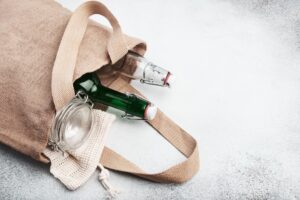

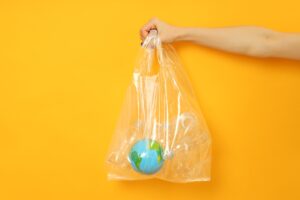
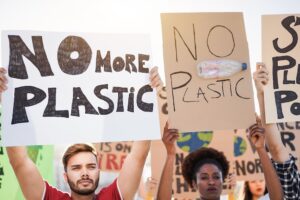
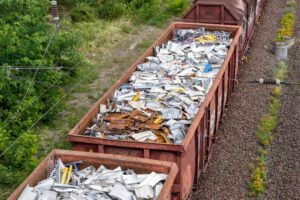
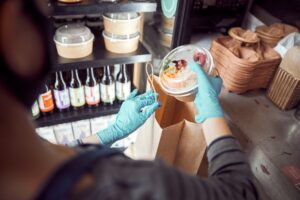
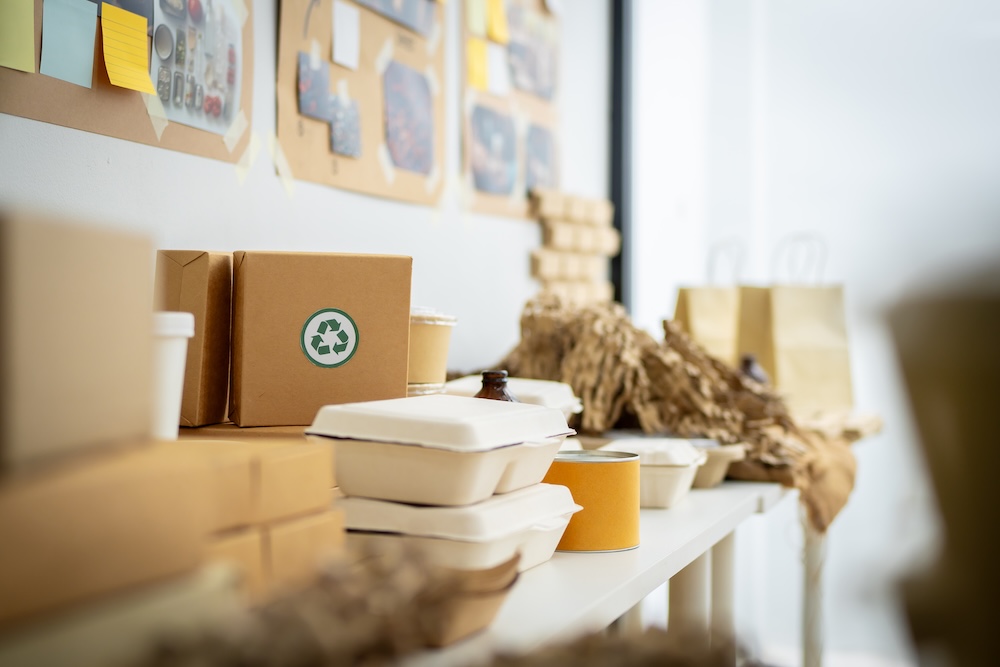

Reader Interactions